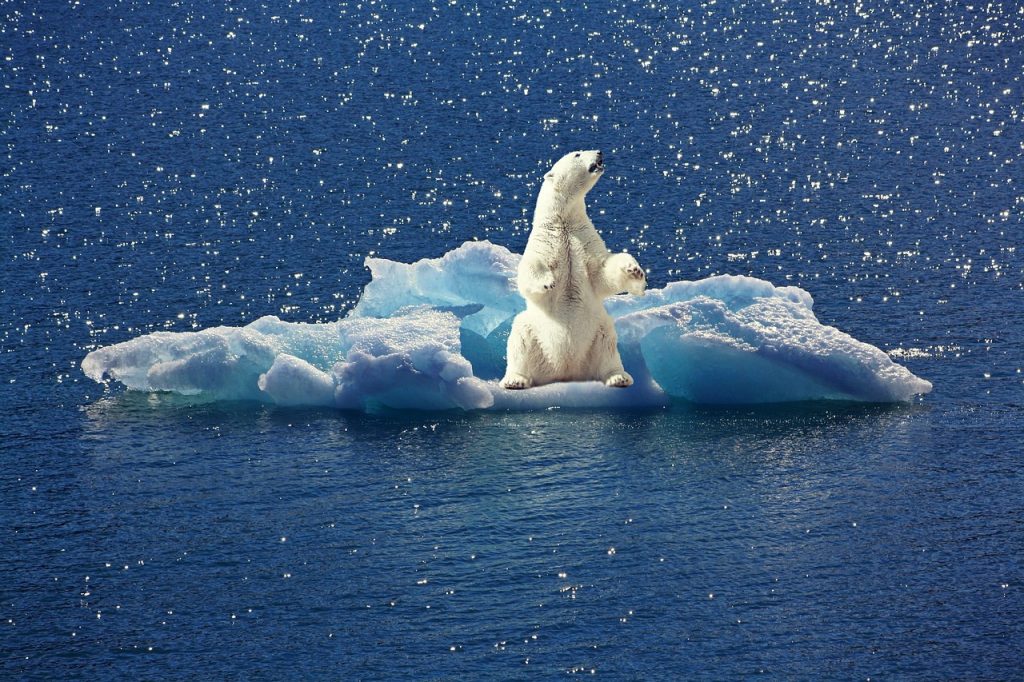Understanding the Chills: Polar Vortex Explained
As winter grips the northern hemisphere, it’s not uncommon to hear about the mysterious phenomenon known as the polar vortex. This term often pops up in weather forecasts and news reports, especially when unusually cold temperatures begin to sweep across parts of Europe, North America, and Asia. But what exactly is the polar vortex, and why does it have such a significant effect on our winter weather? In this detailed exploration, we will uncover the facts about this atmospheric feature, answering all your burning questions and giving you a clearer picture of what to expect when the polar vortex is in the news.
Introduction to the Polar Vortex
The polar vortex is a large area of low pressure and cold air surrounding both of the Earth’s poles. Although it sounds like something out of a science fiction novel, the polar vortex is a natural and common part of our planet’s atmospheric circulation. It exists all year, but it’s strongest during the winter months due to the increased temperature contrast between the poles and the equator.
How Does the Polar Vortex Affect Weather?
Understanding the chills: Polar vortex explained isn’t complete without knowing how this phenomenon influences the weather. The strength of the polar vortex determines how much cold air escapes from the Arctic regions and moves southward. When the vortex is strong and stable, it keeps the cold air tightly contained around the North Pole. However, if the vortex weakens, it becomes wobbly and distorted, allowing icy Arctic air to spill out toward lower latitudes, bringing severe cold snaps to areas that might not typically experience such extreme temperatures.
Key Features of the Polar Vortex
-
Wind Patterns: At its core, the polar vortex is driven by a band of strong winds, known as the polar jet stream, which circulates around the pole. These winds keep the coldest weather confined over the Arctic and Antarctic regions.
-
Temperature Variability: When parts of the vortex break off or weaken significantly, areas as far south as the United States’ Midwest, or even southern states, and parts of Europe, can face unexpected and severe cold weather conditions.
-
Seasonal Changes: Though present year-round, the effects of the polar vortex are mostly felt in the winter due to the extreme temperature gradient between the equator and the poles.
FAQs on Understanding the Chills: Polar Vortex Explained
What Causes the Polar Vortex to Weaken?
The weakening of the polar vortex can be triggered by a number of factors including sudden stratospheric warming, a phenomenon where the temperature in the stratosphere over the pole rapidly increases. This warming can disrupt the normal west-to-east flow of the jet stream, leading to a destabilized polar vortex.
Can We Predict the Behavior of the Polar Vortex?
While meteorologists can predict changes in the polar vortex and its potential impacts with some level of accuracy, long-term predictions remain challenging. Advances in satellite technology and global climate models continue to enhance our predictive capabilities.
Does Climate Change Affect the Polar Vortex?
Scientists are actively studying how warming global temperatures might be impacting the behavior of the polar vortex. Some research suggests that melting sea ice in the Arctic could be contributing to a more frequently disrupted polar vortex, leading to colder, harsher winters in the mid-latitudes.
How Does the Polar Vortex Impact Daily Life?
Understanding the chills: Polar vortex explained also involves recognizing its impact on daily life. During periods when the polar vortex pushes cold air southward, communities can experience everything from school closures and increased heating costs to dangerous or even life-threatening travel conditions.
Preparing for the Polar Vortex
Staying informed is crucial. Regularly check forecasts during the winter months, especially if you live in an area typically affected by polar vortex events. Understanding when and how the cold will hit can help you prepare, ensuring you have sufficient heating supplies, and appropriate clothing, and have taken precautions to prevent freezing pipes.
Conclusion on Understanding the Chills: Polar Vortex Explained
The polar vortex is a complex, but fascinating feature of our planet’s climate system. While it can contribute to some of the more dramatic and uncomfortable winter weather patterns, understanding the chills: Polar vortex explained adds a layer of predictability and preparedness to our winter experiences. As research continues and forecasting technologies advance, our grasp of how the polar vortex operates and influences global weather patterns will only deepen, helping societies adapt to its chilly embrace more effectively.


